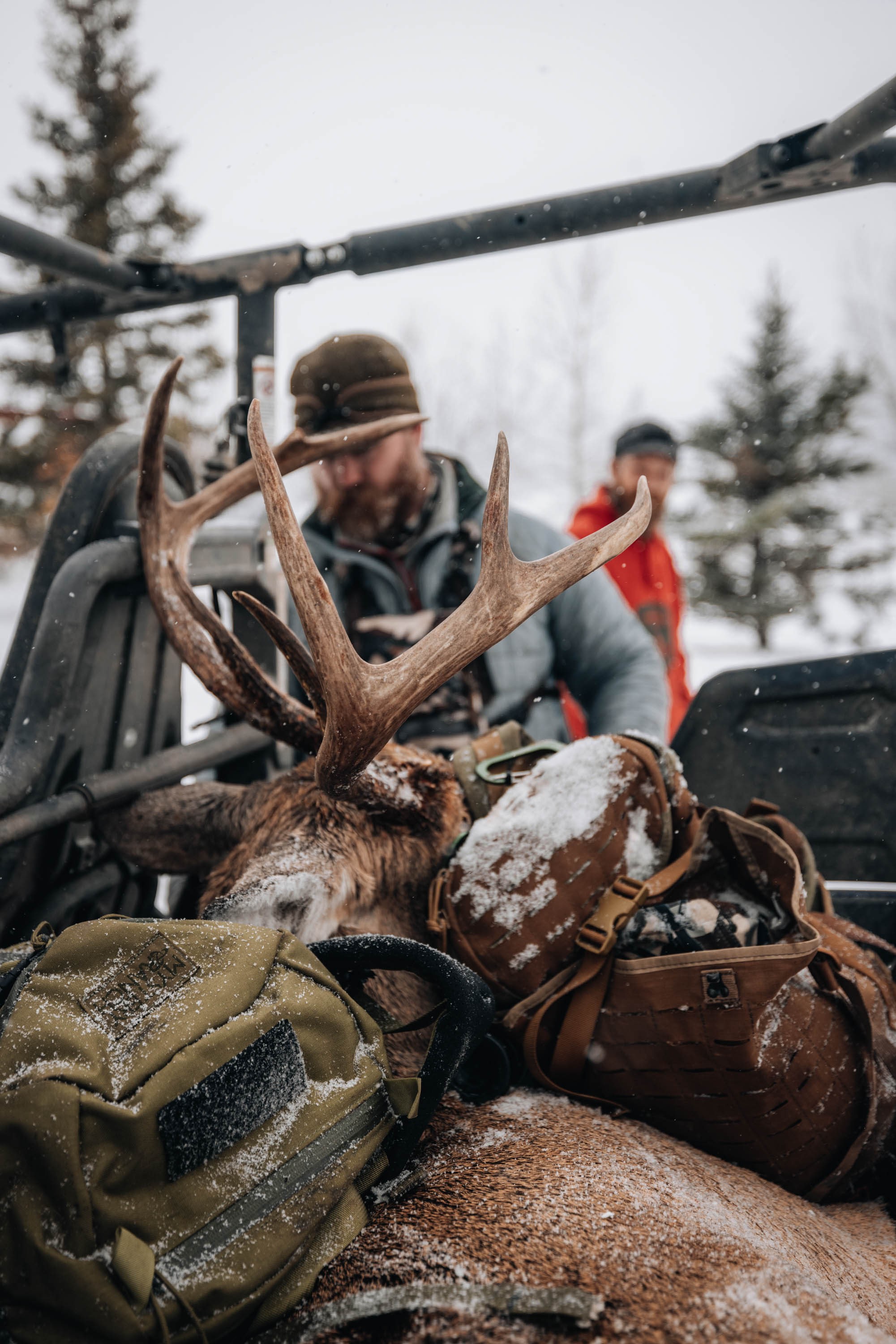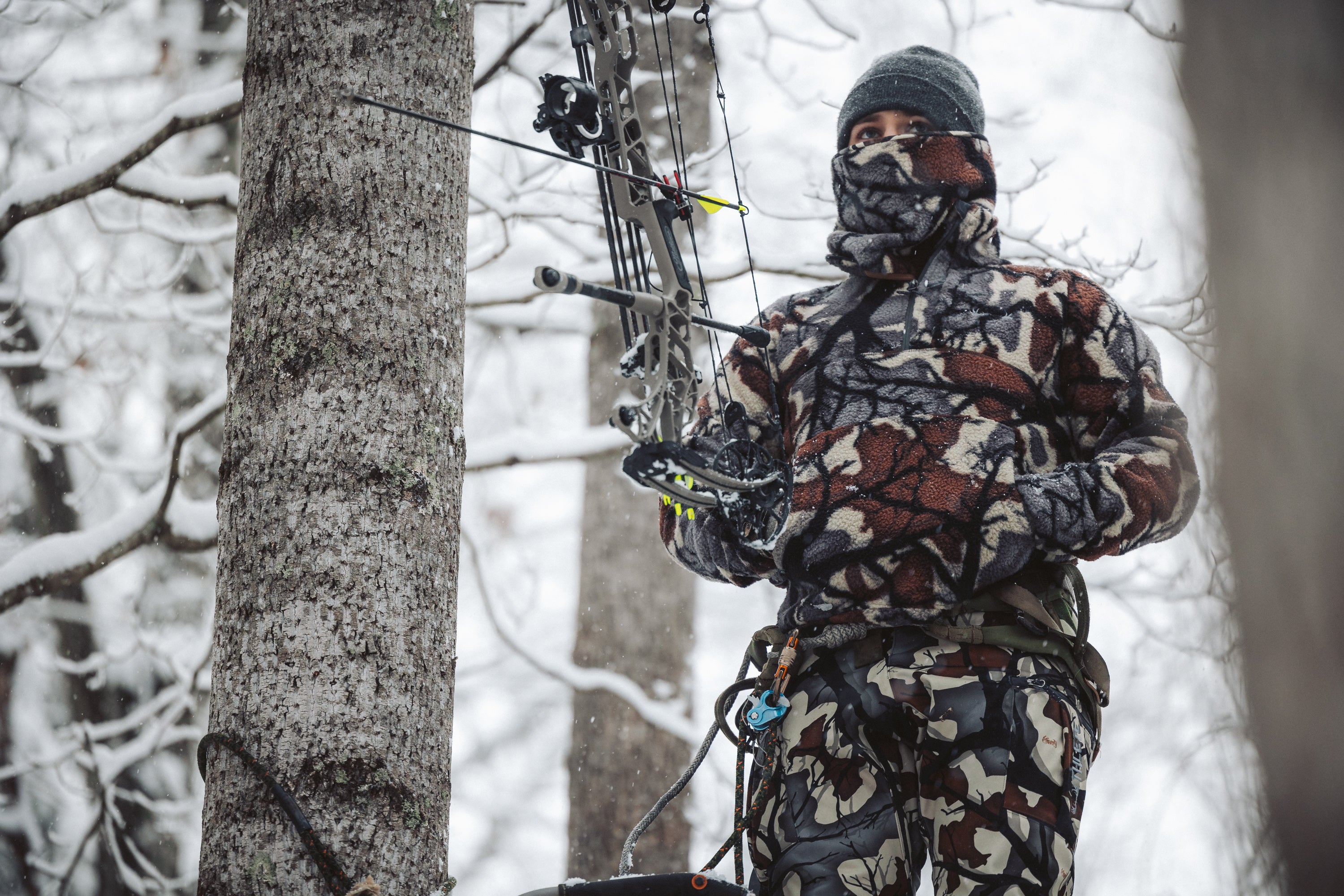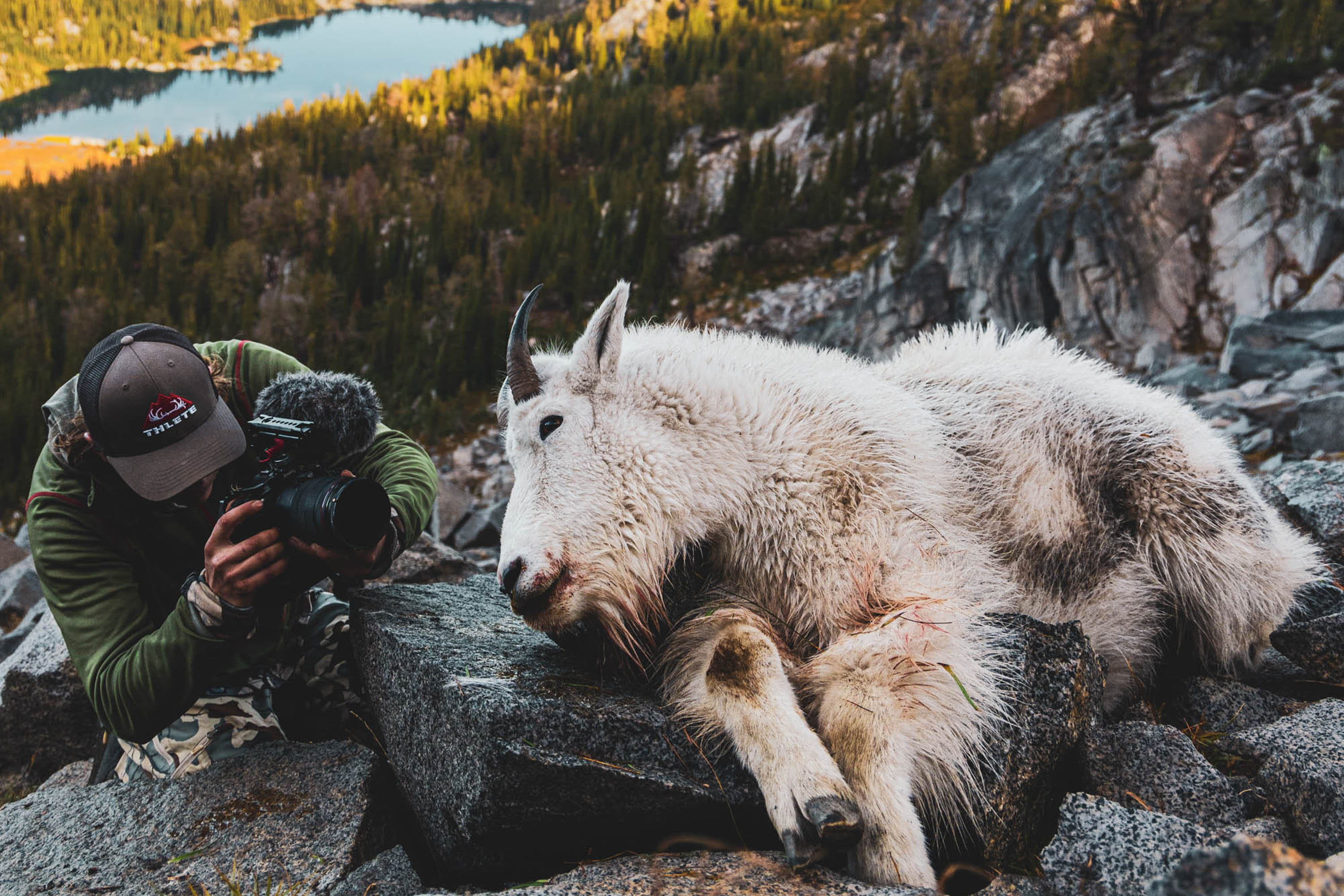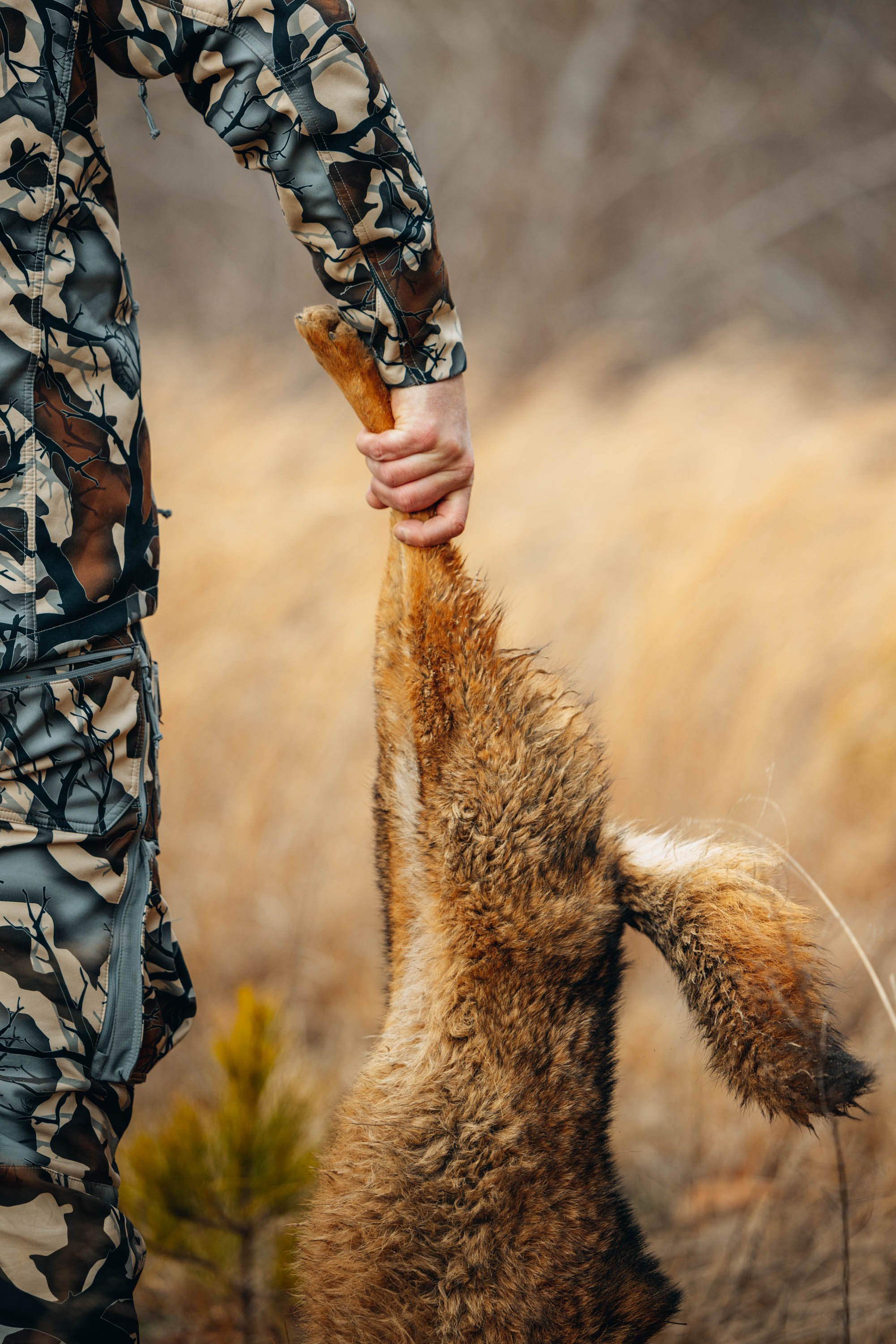
Tracking Whitetail Deer
In a perfect world, every shot on a game animal would cause a quick demise, but as hunters, we know that is not always the case. We all strive to be as ethical and humane as possible. However, most of us have experienced an imperfect hit on a game animal; it just happens. No matter your skill level or experience, you will miss your mark at some point. Tracking whitetail deer takes patience. Distinguishing and evaluating the evidence left after the shot is crucial to locating the animal.
After a poor shot is made, knowing when to back out can play a significant role in tracking and recovery. By taking up the trail to soon, the odds of bumping the animal are much higher than if you lay low and allow the animal to expire. A liver or gut shot whitetail can live for hours if not days, so it is necessary to take precautions towards the search and recovery.
Know when to back out. Below is a short list of scenarios when you should allow additional time.
1.Paunch (Gut) shot: If you are confident that the shot missed the vital organs (too far back), leave him be. A gut shot animal can take over 24 hours to expire. You can easily distinguish this type of hit because the animal will hunch its back and typically walk or trot away slowly. Blood can be sparse, but if you are a bowhunter, your arrow will likely tell the story. More often than not, you will get a clean pass through with a gut shot because you missed the rib cage entirely. A lack of blood and green or brown undigested food on the shaft likely means that the hit was in the paunch. The arrow will also stink. The deer’s tail will often be up after a gut or liver shot. Once you have determined it is, in fact, a gut shot, the next decision is simple, back out. Infection from toxins will set in and body temperature will rise increasing the need for water. Also, blood loss and septic infection increase dehydration. The water theory is not always the case, but it is not uncommon to find a gut shot animal close to a water source. It is not unusual to see a number of beds close to one with small amounts of blood. A gut shot deer can travel for miles if pursued to soon. Wait a minimum of 8 hours before taking up the trail (weather permitting). 12 hours is better.
2.Liver shot:Similar to the gut shot, a liver shot is further back than intended but lies in front of the intestines. You can distinguish this type of hit by the color of the blood which is dark red. A buck will often hunch its back similar to a gut shot and move off relatively slowly. A liver shot deer will die, but it will take longer than a heart or lung shot. Expect less blood during tracking. Waiting 6-8 hours is a safe bet. Liver shot animals will typically not go far before bedding down. Often, less than 200 yards.
3.Single lung shot: The single long is less frequent but occurs on steep angle shots or shot impacts that are high on the body cavity. The single lung is tricky when it comes to tracking. This shot can be lethal but does not guarantee death. If you catch one lung, you will only see blood on one side of the trail which will be frothy and bright red. Give the animal at least 6 hours to expire.
4.Leg/Shoulder hit: A leg or shoulder hit impacts further forward on the animal and is typically not fatal. The determining characteristic of this type of impact is a loud, distinguishable thwack. Best practice is to give the animal a minimum of 8 hours and expect a long tracking job with minimal blood.
5.Unsure of the hit location:If you did not see the impact or it was too dark to see how the animal reacted, back out. Low light shots are very common and often it is difficult to tell if the shot was in the vital organs. The key to this scenario is the arrow. Bright frothy blood means you caught the lungs. Bright red/thick blood implies a heart shot which will put the animal down very fast. If the animal runs off with its tail tucked, it often means heart or lung. Tail up can mean a liver or gut shot.
6.Didn’t see/hear him fall:This will vary, but waiting an hour will not hurt anything. If you get a clean pass through, your arrow will tell the tale.
7.You jump him from his bed:This is a no-brainer, but if you jump him, he needs more time. Mark the spot and back out right away. Give him another 6 hours to expire.

(10) Heart (8) Lungs (5) Liver…everything behind that is paunch territory.
If the tail is up or he doesn’t take off like a bat out of hell, use your best judgment and back out. By observing after the shot, the lethality of the hit can often be determined by the animal’s reaction. It is important to remember that a wounded deer will not go far unless pushed so err on the side of caution.
The downside to leaving a poorly hit animal is that you are risking meat loss to predation or spoiling. If temps are above freezing, the meat will begin to spoil quickly and although the venison will not be inedible, the taste will be tainted. Coyotes will find a wounded or dead animal very quickly. If you have left the animal for a reasonable amount of time and are unable to locate it, wait until dark. Often the coyotes will yip and holler once they find a free meal. Marching into a pack of howling coyotes is an uneasy feeling, but if you want to save the meat, you better “John Wayne it” and get in there fast. I have mentioned before that if given a choice I prefer to hunt mornings during the rut. A contributing factor to my rationale, aside from a laundry list of others, is that it gives you adequate time to allow an animal to expire before nightfall sets in. Tracking a deer in the dark is no easy task and is exponentially more difficult after a liver or paunch shot.
Know when to back out, patience is essential and will have a direct impact on recovering a poorly hit animal. Waiting has drawbacks, but the benefits heavily favor waiting and allowing the animal to succumb to its wound.




